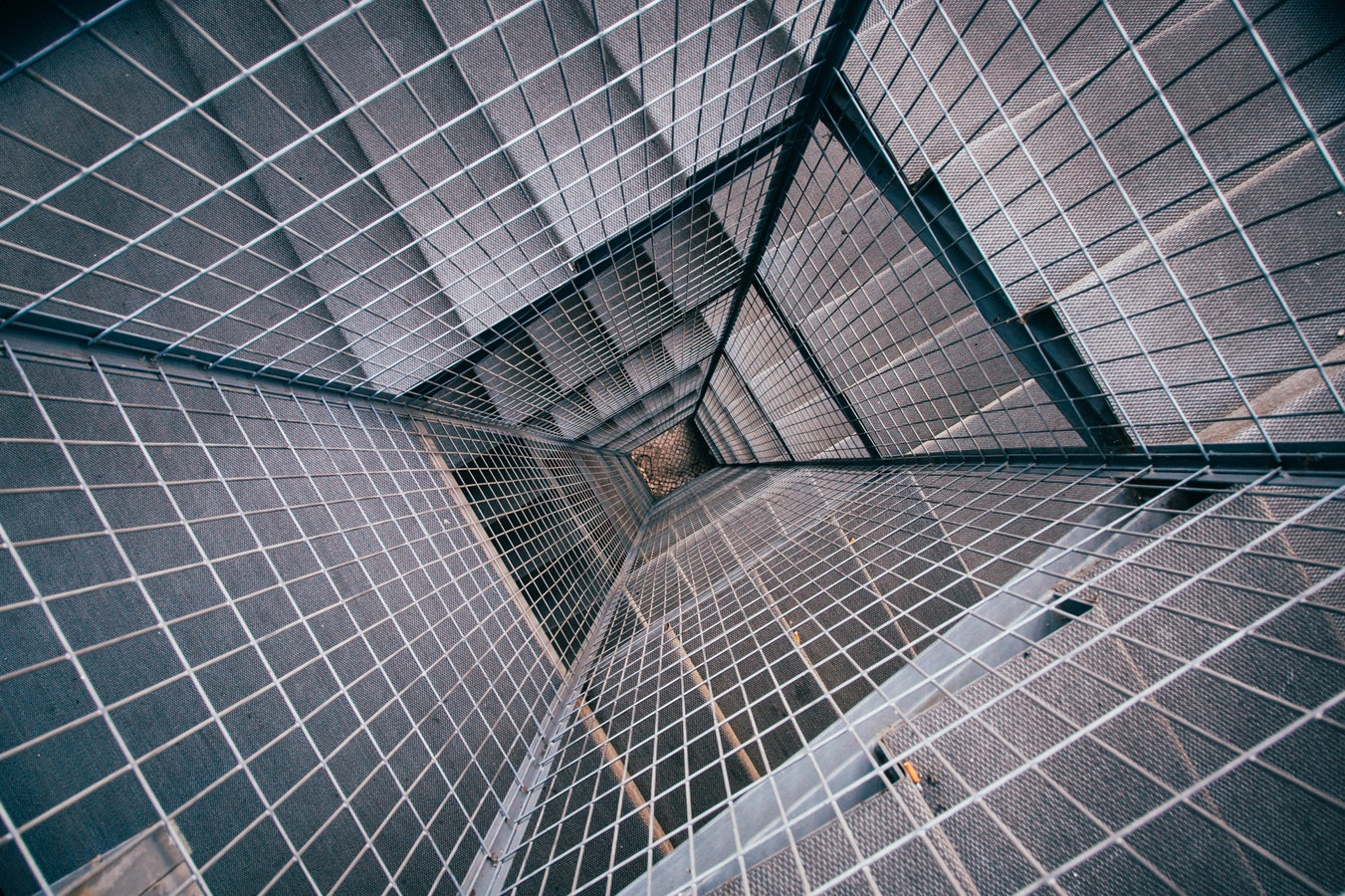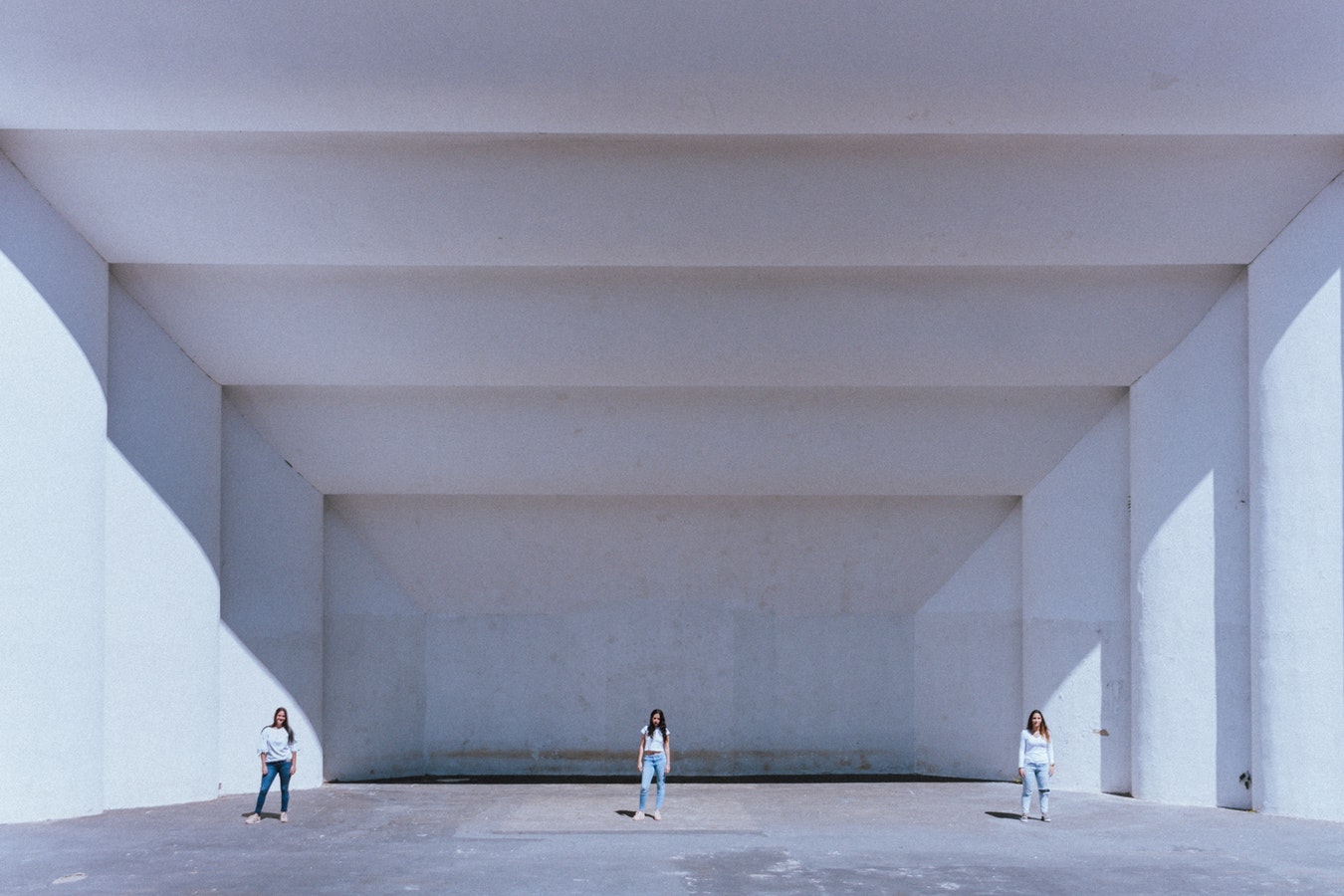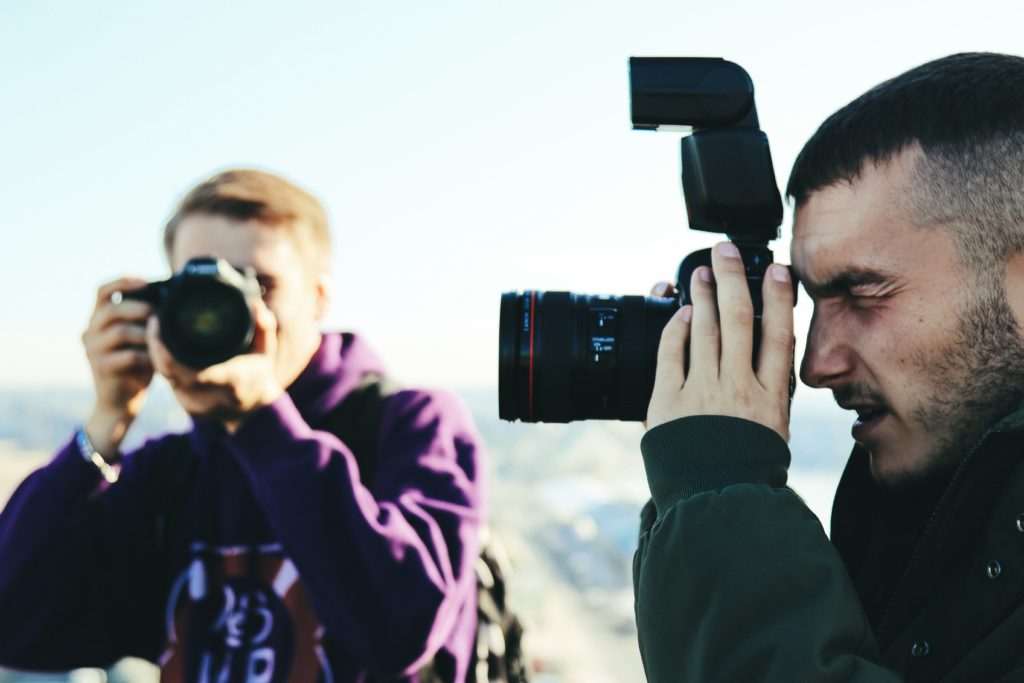Architectural photography is a genre that almost every photographer tries out at some point, but not many people truly manage to master it. Just like portraiture or landscape photography, architectural photography has its own tips and tricks that we should learn and apply.
Buildings are like people in a way – each has its own mood and personality. Good architectural photography is looking to capture the most enchanting qualities of various buildings and their interiors and exteriors.
In case you’re willing to combine your creativity with the following 6 tips, you can definitely improve the visual appeal of your architectural photographs.
1. Get Familiar With The Place You’re Shooting
In order to understand the visual essence of a certain building, you need to take some time to get familiar with it. This means you should learn what the building looks like on the inside and outside under various lighting conditions. You can also look for unusual angles and unusual perspectives and notice if there are any people around that you’d want to include in your shots.
If you’re interested in history, you can find out more about the building from a chronological point of view. Sometimes, knowing the history of a certain place can help you unlock your creativity.

2. Follow The Lines
Lines are extremely important in architectural shots. You should make sure that your lines go where they’re supposed to – vertical lines should be vertical and horizontal lines should be perfectly horizontal. Even though this sounds simple it can be very challenging, because sometimes you’ll need to tilt the camera to get the entire building in the frame.
There are other issues you’ll have to deal with too, such as barrel distortion. If you’re using a wide-angle lens, you’ll surely have a certain amount of distortion in your images. For fixing lens distortion and other issues with vertical and horizontal lines you’ll have to rely on post-processing.

3. Show A Unique Perspective
Finding a unique perspective matters because you want to avoid predictable images. Shooting the building from a regular eye-level perspective often doesn’t have enough visua allure. You should learn to be a careful observer and take the time to look around in ways you might not have as a regular passer by.
If you’re feeling adventurous, you can explore all the sides of the building and even try to get onto balconies or rooftops. Of course, always ask for permission first to avoid trespassing fines!

4. Mind The Details
Amateur photographers often focus on capturing the entire building while forgetting some unique details. However, shooting from a close-up perspective opens up another world of possibilities! Older buildings often have very rich geometric patters and some of them are quite elaborate, such as floral patterns and abstract arabesque patterns.
Also, exploring the textures of the building materials can result in some truly fascinating photos.

5. Look For Reflections
Reflections can enrich the spaces which look overly simplistic. If you use the reflections correctly, they can add a sense of depth and mystery to your compositions.
Many historical buildings have large mirrors in their halls or some interesting pools or fountains in front of the main entrance – you can use them to practice capturing reflections.

6. Add The Human Element
Incorporating the human figure into architectural shots can often make these photographs much more dynamic. It also allows the viewer to see the building from the perspective of those who live or work in it. Since buildings are by default built by humans for humans, we can better understand their functionality if we see a human figure in the photo. This also allows the viewer to create a sense of scale in the image.
In case of truly monumental buildings, seeing how small we are compared with giant architectural constructions creates the sense of wonder and exhilaration.

Practicing architectural photography is a great way to improve your photographic skills in general – it makes you think about various creative ways to use lines, angles, colors, geometric shapes, and textures. Because of this, you shouldn’t be afraid to simply grab your camera and start photographing buildings in your neighborhood. You might actually surprise yourself with the quality and creativity of your own architectural shots.
Also, if you want to learn all of the fundamentals of composition that you can use in your architectural photography, you should consider Photzy's Advanced Composition guide to take things further than we can in a short blog post like this.






